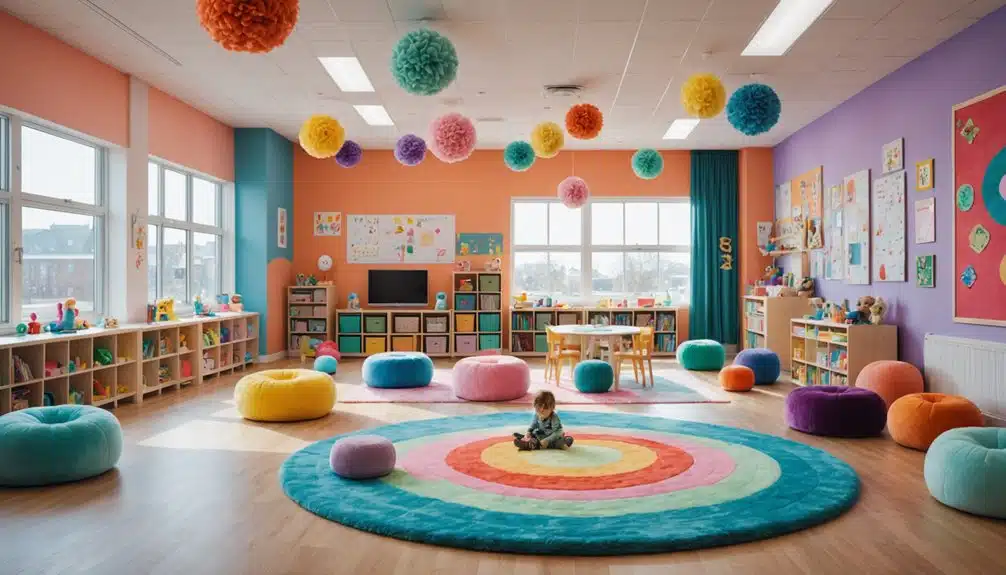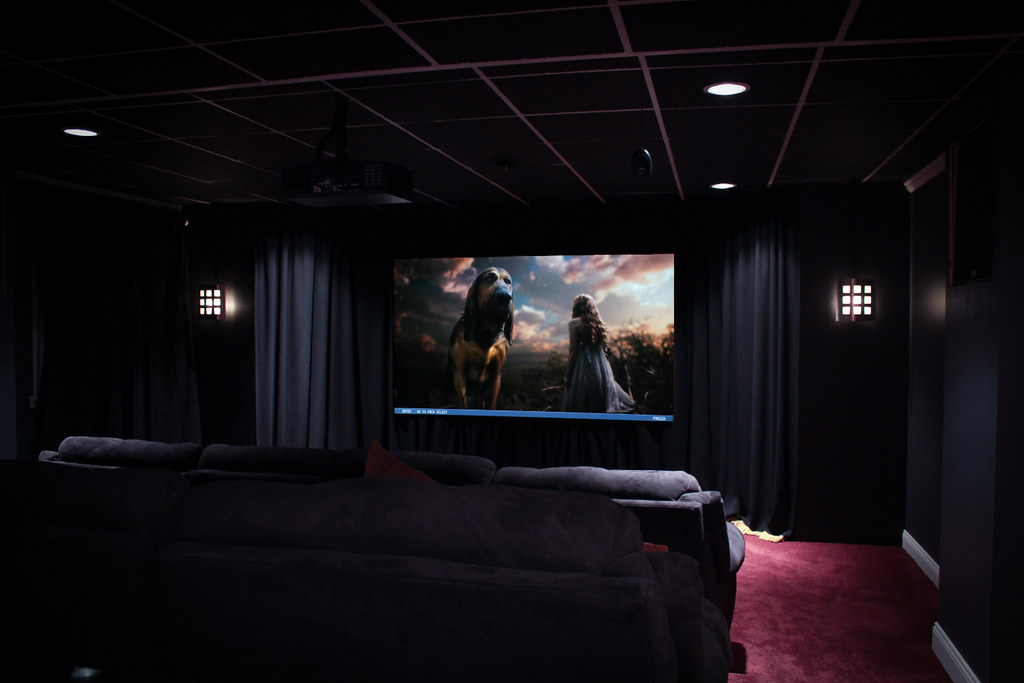Modern lifestyles demand flexibility. Gone are the days when each room had a single, unchanging purpose. Today, multi-functional spaces are revolutionizing homes and offices by offering creative solutions for people who need to balance productivity, fun, and rest — often all within the same square footage.
In this article, you’ll learn why multi-functional spaces are trending in interior design, get real-world inspiration for your own home or workplace, and discover practical tips to help you create an adaptable environment that suits every mood and task.
Why Multi-Functional Spaces Matter
Today’s homes and offices often have to serve several needs at once. Remote work, online learning, exercise routines, entertainment, and relaxation all compete for space. Multi-functional spaces solve these challenges by prioritizing adaptability, flexibility, and flow.
Adopting a multi-use design can:
- Maximize limited space
- Boost productivity while enabling relaxation
- Make rooms feel larger and more dynamic
- Support diverse lifestyles and growing families
- Add resale value by showing adaptability to future owners
These spaces prove beneficial in urban apartments, family homes, and even large open-plan offices.
Designing for Work: Productivity and Focus in Shared Spaces
Create a Dedicated Work Zone
A multi-functional space doesn’t mean chaos. Even a small corner can become a highly productive work area. Invest in a compact desk, ergonomic chair, and smart storage to keep supplies hidden yet accessible. Use a fold-out table or wall-mounted desk in tight spaces.
Smart Dividers for Privacy
Room dividers, bookcases, or even large plants can help visually separate your workspace from the rest of the room. This separation signals your brain that it’s time to focus and helps maintain work-life boundaries—even in a shared area.
Lighting Matters
Layer your lighting for different tasks. Combine natural light, bright desk lamps for work, and softer ambient lighting for when it’s time to unwind.
Designing for Play: Flex Spaces for Fun and Activity
Transformable Furniture
Invest in pieces that serve double-duty. A sofa bed, foldaway dining table, or ottoman with internal storage can instantly change how you use a room. These allow you to shift from work to play with ease.
Open Layouts for Movement
Open-plan designs promote flow and flexibility, ideal for exercise, children’s play, or gatherings. Clear clutter with floating shelves or hidden storage so your space is always ready for impromptu activities.
Tech-Friendly Zones
Integrate charging stations and adaptable lighting to turn a living room into a gaming hub, cinema night destination, or family board game space.
Designing for Relaxation: Retreats Within Reach
Cozy Nooks
Carve out a nook with plush seating, soft rugs, and cushions. Use calming colors, natural materials, and soft lighting to create a peaceful retreat, even in a busy multipurpose room.
Sound and Scents
Add thick curtains, acoustic panels, or area rugs to muffle noise. A diffuser with relaxing scents or a small indoor fountain can change the mood instantly, emphasizing downtime amid a multi-use space.
Making Space Multi-Functional: Practical Tips
1. Start with a Flexible Layout
Choose modular or lightweight furniture you can move or reconfigure easily. Wheeled shelves, nesting tables, or stackable chairs let you change your space in minutes.
2. Embrace Vertical Storage
Wall-mounted shelves, pegs, and cabinets free up floor space. Vertical storage is your friend, especially in smaller rooms or apartments.
3. Choose a Neutral Palette with Pops of Color
Neutral tones keep spaces feeling open and help you shift the mood with accessories like throws, pillows, or artwork.
4. Use Rugs and Lighting to Define Zones
Area rugs and varied lighting help delineate different “zones” within the same room, such as an office on one side and a lounge on the other.
5. Go Custom When Possible
Custom-built sofa beds, cabinetry, and sliding walls can have a big impact. They might cost more upfront, but they maximize space and adapt seamlessly to your needs.
Real-Life Examples: Multi-Functional Spaces in Action
Urban Apartment
A city dweller uses a Murphy bed, a dining table that doubles as a desk, and under-bed storage to transform a single room from an office by day to an inviting guest bedroom by night.
Family Home
A shared living area features a modular sofa that divides into play, reading, and conversation zones. The media center hides toys and electronics, while foldable tables appear for work or crafts.
Home Gym/Office
A spare room uses retractable gym equipment and a stowable desk, providing a yoga studio in the morning and a workspace by afternoon.
Benefits of Multi-Functional Living
- Saves money: Less furniture and square footage needed.
- Reduces clutter: Encourages smart, organized living.
- Improves lifestyle: Supports balance between work, play, and relaxation.
- Great for guests: Quickly adjusts to accommodate visitors.
- Future-proof: Keeps up with life changes—new hobbies, remote work, kids, or downsizing.
Top Design Trends for Multi-Functional Spaces
- Modular sofas and sectional seating
- Convertible desks/tables
- Sliding barn doors or partitions
- Smart home integration for lighting and temperature
- Fold-away beds (Murphy beds)
- Minimalist, clutter-free aesthetics
- Hidden storage everywhere possible
- Greener design with nature-inspired elements
Easy Ways to Get Started
- Start small: Add a fold-down wall desk, or use a storage ottoman.
- Edit your belongings: Keep only what you use, and store it smartly.
- Rearrange: Try new layouts to see what feels best for your routine.
- Experiment: Don’t be afraid to move furniture around until your space feels right for working, relaxing, and entertaining.
Conclusion: The Future Is Flexible
Multi-functional spaces are more than a trend—they’re a smart response to modern life’s demands. With the right design choices, your home or office can become a personalized sanctuary that adjusts to your needs every day. Whether you’re crafting a home office that doubles as a guest room or making your family room multifunctional, these strategies can help you gain space, comfort, and versatility.
Ready to turn your space into something extraordinary? Start today—think beyond walls, embrace flexible furnishings, and let your creativity shine.
Call-to-Action:
Dreaming of a home or office that truly works for you? Begin transforming your space with these multi-functional design ideas! Share your own creative solutions or ask for expert tips in the comments below!






